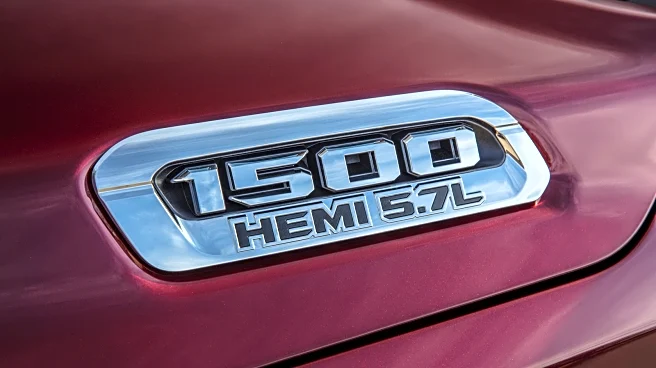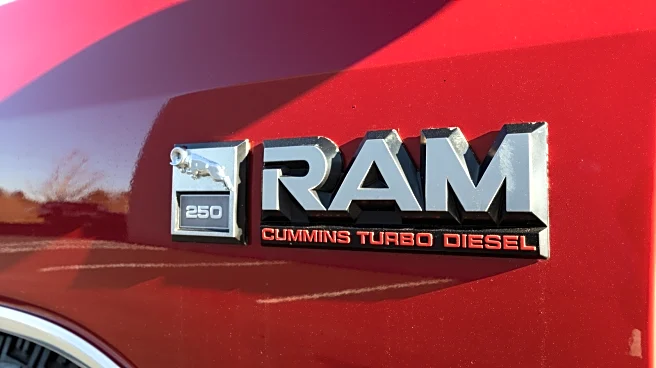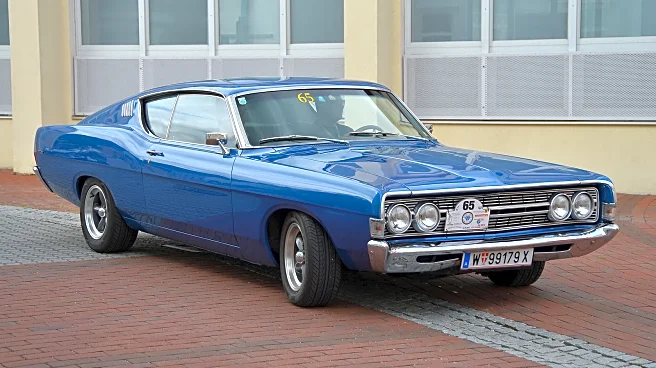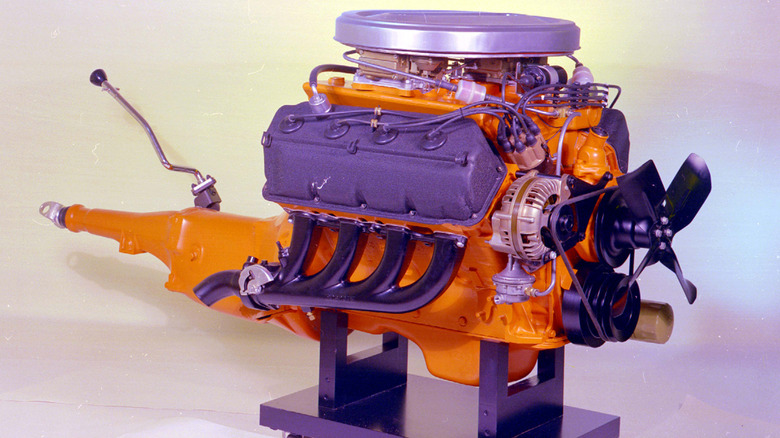
The 1960s are littered with a plethora of high-performance powerplants, often with overlapping names and terms. The 426 is a victim of such naming conventions, with two prominent engines boasting the same displacement: the 426 Max Wedge and 426 Hemi. Adding to the confusion is the fact that both engines powered Chrysler cars -- the Max Wedge first, followed by the Hemi.
What, then, is the difference between a Max Wedge and a Hemi? There's a simple and a detailed answer. The former is that the Max Wedge and Hemi feature
two different combustion chamber shapes, as indicated by their respective names. The Max Wedge utilizes a wedge-shaped chamber, while the Hemi gets its name from its hemispherical combustion chamber. While the HEMI name itself is trademarked, other manufacturers have utilized this configuration for decades.
Chrysler built both engines for serious purposes, and the 426 Hemi boasts a proud racing history and a performance-oriented image built upon the Max Wedge's own success. Of course, with the Hemi being a descendant of the Max Wedge, there's plenty of overlap between both big blocks, although there are a few key differences between them as well. Let's dive in and explore each engine in detail.
Read more: 5 Of The Most Powerful Engines Ever Put Into The Pontiac Grand Prix
What's A Max Wedge?
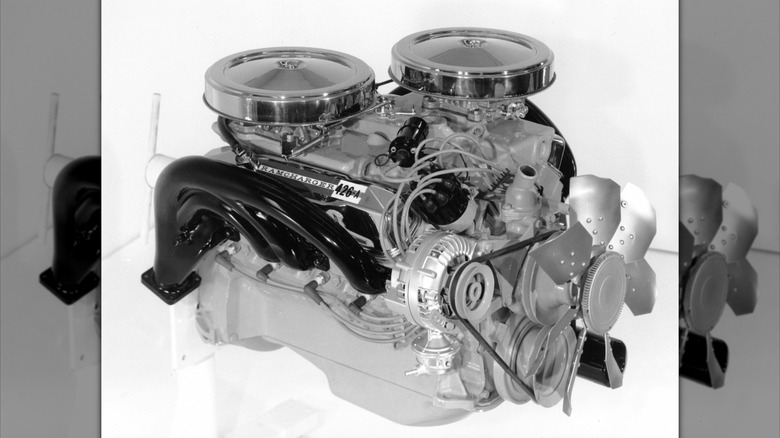
Chrysler's reputation in the early 1960s was mixed; the first-generation 331 cubic-inch "Firepower" Hemi (known simply as the Gen I) was by no means a bad engine, but the company was recovering from a major scandal, and sales weren't great. The Max Wedge engine, designed as a racing engine by a team of gearheads and hot rodders, debuted as a 413-CI engine in 1962, before growing to 426 CI in 1963 as racing series adopted a new maximum displacement of 426 CI. The name itself was simply a marketing gimmick to say "Maximum Performance Wedge" in a catchy way, much like the Six Pack's triple-carburetor, six-barrel setup.
The main advantage of the wedge-shaped design was cost, offering customers a more economical alternative to the original 331-CI Hemi, but with impressive performance -- these were racing engines, after all. Additionally, these engines were known to be robust and heavy-duty, perfect for long-distance racing at full throttle, like NASCAR, or quick bursts of speed on the drag strip. This dramatically improved Chrysler's reputation in motorsports circles, with the Max Wedge competing with the best racing engines of the time while offering up to 425 hp in street cars.
The Max Wedge's heyday was short-lived, however. The big-block 426 HEMI debuted just a couple of years later in February 1964, ending the Max Wedge's tenure as Chrysler's top dog. The Street HEMI, based largely on the successful Race HEMI, followed in 1966 and sealed the Max Wedge's fate, though the wedge-shaped head continued into the late 1970s in the 440 big block.
How The 426 HEMI Differs
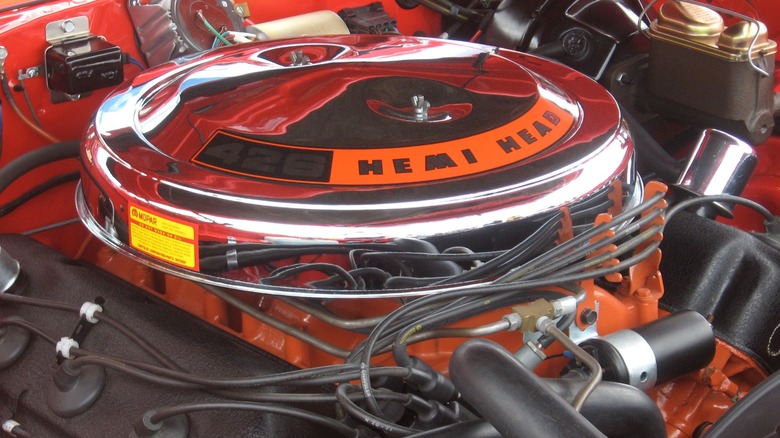
The 426 HEMI's defining factor lies in the HEMI name, as mentioned before, but what's so special about a HEMI head? Unlike the Max Wedge, a 426 HEMI cylinder head had a hemispherical combustion chamber, which increased the overall surface area. A hemispherical combustion chamber offers certain advantages and disadvantages over a wedge-shaped chamber, with one benefit being an increase in combustion chamber pressure over a wedge-shaped head. This makes for a faster, more efficient burn during the power stroke. Basically, it pushes the piston down faster for the same amount of fuel and air. The hemispherical shape also means that HEMI heads have larger valves than Max Wedge engines, with larger intake and exhaust ports, allowing it to move more air
On the flipside, hemispherical heads are prone to heat buildup due to hot spots. A Gen II HEMI, like the 426 HEMI, doesn't have any quench areas, meaning there's little turbulent airflow, which leads to hotter combustion temperatures. Moreover, the valve size is an issue because each valve is angled towards the other -- they're on a dome, after all. So to prevent them from slamming into each other, the head itself must be wider and therefore physically larger and heavier. Overall, then, the 426 HEMI is effectively a larger, more powerful (they allegedly made 500 hp, but were rated for 425), but also hotter engine than the 426 Max Wedge, primarily due to the different cylinder head design.
Want the latest in tech and auto trends? Subscribe to our free newsletter for the latest headlines, expert guides, and how-to tips, one email at a time.
Read the original article on SlashGear.
